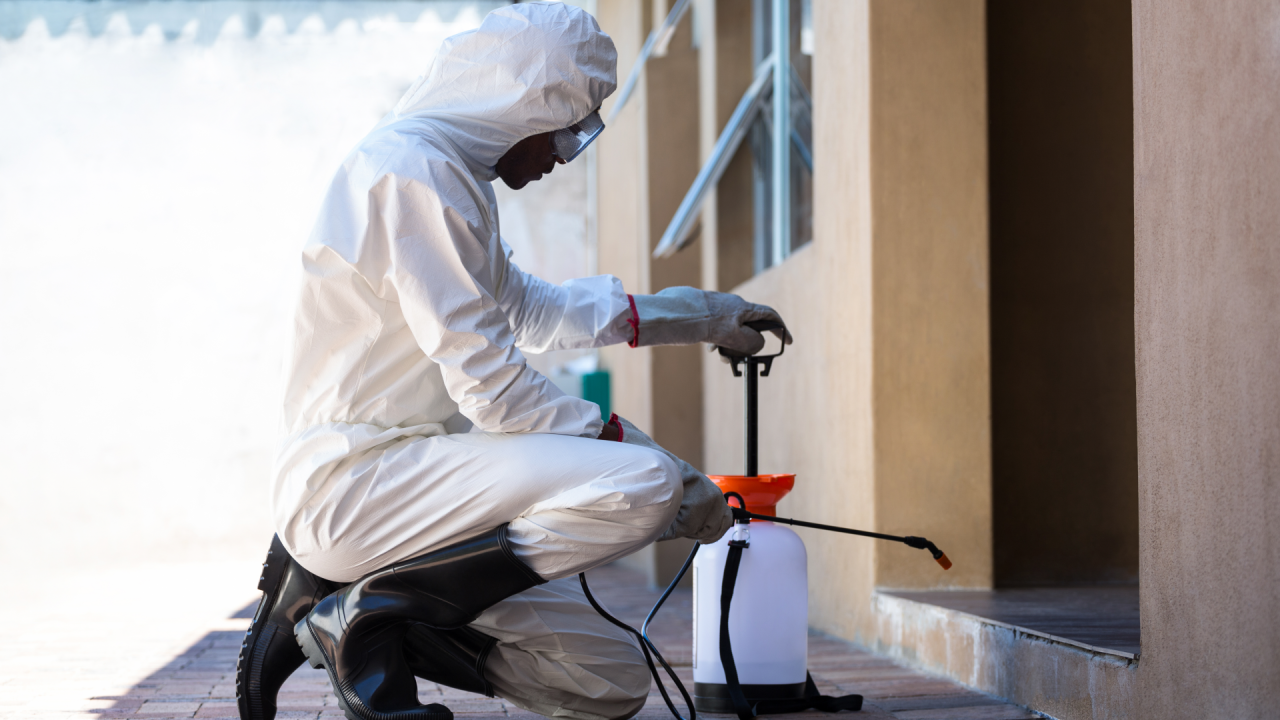Sydney, Australia, is home to a diverse range of native wildlife species, including birds, mammals, reptiles, and amphibians. However, the introduction of invasive species poses a significant threat to native biodiversity, ecosystem health, and agricultural productivity. Traditional pest control methods often involve the use of chemical pesticides, which can harm both invasive species and native wildlife. To address this challenge, sustainable and targeted safe pest control sydney strategies that minimize harm to native wildlife are essential.
Safe Pest Control Strategies for Invasive Species Management
Targeted Control Methods:
Implement targeted pest control methods tailored to the behavior and ecology of invasive species to minimize impacts on native wildlife. This may include:
- Strategic baiting or trapping of invasive mammals using species-specific baits or traps.
- Utilization of exclusion fencing to protect vulnerable habitats and prevent invasive species from accessing sensitive areas.
- Introduction of biocontrol agents, such as viruses, bacteria, or natural predators, that specifically target invasive species while sparing native wildlife.
Non-Lethal Alternatives:

Explore non-lethal alternatives for managing invasive species, such as:
- Repellents and deterrents that discourage invasive species from entering certain areas without causing harm.
- Habitat modification and restoration to create conditions that are less favorable for invasive species while promoting the recovery of native wildlife habitats.
Community Engagement and Education:
Engage local communities, landowners, and stakeholders in invasive species management efforts through education, outreach, and citizen science initiatives. Encourage public participation in monitoring invasive species populations and implementing control measures in collaboration with conservation organizations and government agencies.
Research and Monitoring:
Conduct research and monitoring programs to assess the effectiveness of pest control strategies and their impacts on native wildlife populations. This includes:
- Long-term monitoring of invasive species populations and their interactions with native wildlife.
- Evaluation of the ecological effects of pest control methods to ensure they are compatible with conservation goals and ecosystem health.
Legislation and Policy Support:
Advocate for legislation and policies that prioritize the protection of native wildlife while addressing invasive species management. This may include:
- Regulations on the use of chemical pesticides to minimize risks to non-target species.
- Incentives for landowners and communities to implement sustainable pest control practices that prioritize native wildlife conservation.
Implementation and Results:
By implementing safe pest control strategies for managing invasive species in Sydney, significant progress can be made in protecting native wildlife and ecosystems while effectively controlling invasive species. Collaborative efforts between government agencies, conservation organizations, researchers, and local communities are essential to develop and implement integrated pest management approaches that balance the need for invasive species control with the conservation of native wildlife.
Final Verdict
Through proactive management, education, and public engagement, Sydney can become a model for sustainable pest control practices that prioritize biodiversity conservation and ecosystem resilience. By safeguarding native wildlife habitats and reducing the impacts of invasive species, safe pest control Sydney can ensure the long-term health and vitality of its natural environment for future generations.




